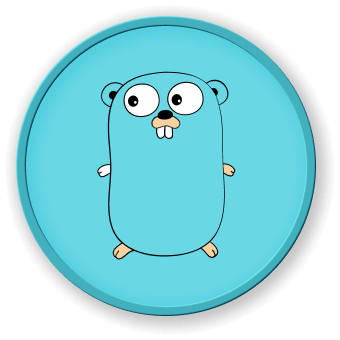Method Design Patterns
Introduction to Method Design Patterns in Go
Method design patterns in Go provide structured approaches to solving common programming challenges while maintaining clean, efficient, and readable code.
Common Method Design Patterns
1. Builder Pattern
type ServerConfig struct {
host string
port int
secure bool
}
type ServerConfigBuilder struct {
config ServerConfig
}
func (b *ServerConfigBuilder) WithHost(host string) *ServerConfigBuilder {
b.config.host = host
return b
}
func (b *ServerConfigBuilder) WithPort(port int) *ServerConfigBuilder {
b.config.port = port
return b
}
func (b *ServerConfigBuilder) Build() ServerConfig {
return b.config
}
2. Functional Options Pattern
type Server struct {
host string
port int
timeout time.Duration
}
type ServerOption func(*Server)
func WithHost(host string) ServerOption {
return func(s *Server) {
s.host = host
}
}
func WithTimeout(timeout time.Duration) ServerOption {
return func(s *Server) {
s.timeout = timeout
}
}
func NewServer(options ...ServerOption) *Server {
server := &Server{}
for _, option := range options {
option(server)
}
return server
}
Method Design Pattern Classification
graph TD
A[Method Design Patterns] --> B[Creational Patterns]
A --> C[Behavioral Patterns]
A --> D[Structural Patterns]
B --> E[Builder Pattern]
B --> F[Functional Options]
C --> G[Strategy Pattern]
C --> H[Observer Pattern]
D --> I[Decorator Pattern]
Pattern Comparison
| Pattern |
Use Case |
Pros |
Cons |
| Builder |
Complex object creation |
Flexible configuration |
More boilerplate code |
| Functional Options |
Configuration with variadic options |
Clean API |
Slightly more complex |
| Strategy |
Runtime behavior selection |
Decoupled algorithms |
Increased complexity |
3. Strategy Pattern
type PaymentStrategy interface {
Pay(amount float64) bool
}
type CreditCardPayment struct {
cardNumber string
}
func (c *CreditCardPayment) Pay(amount float64) bool {
// Credit card payment logic
return true
}
type PayPalPayment struct {
email string
}
func (p *PayPalPayment) Pay(amount float64) bool {
// PayPal payment logic
return true
}
type PaymentProcessor struct {
strategy PaymentStrategy
}
func (p *PaymentProcessor) ProcessPayment(amount float64) bool {
return p.strategy.Pay(amount)
}
Advanced Method Patterns
Decorator Pattern
type Logger interface {
Log(message string)
}
type ConsoleLogger struct{}
func (l *ConsoleLogger) Log(message string) {
fmt.Println(message)
}
type TimestampLogger struct {
logger Logger
}
func (l *TimestampLogger) Log(message string) {
timestampedMessage := fmt.Sprintf("[%s] %s", time.Now(), message)
l.logger.Log(timestampedMessage)
}
Best Practices
- Keep methods focused and single-responsibility
- Use interfaces for flexibility
- Prefer composition over inheritance
- Design for extensibility
LabEx Learning Approach
LabEx recommends practicing these patterns through interactive coding exercises, focusing on practical implementation and understanding the underlying design principles.
- Avoid over-engineering
- Profile and benchmark method implementations
- Choose patterns that align with specific use cases
Conclusion
Mastering method design patterns in Go requires practice, understanding of language idioms, and a focus on clean, maintainable code architecture.




